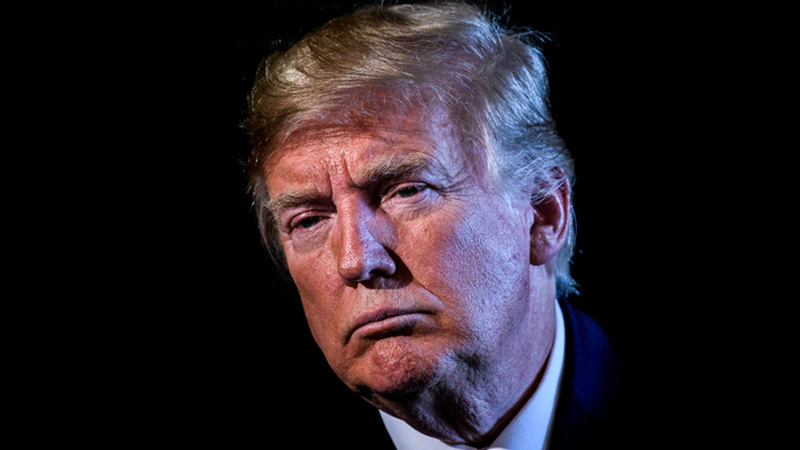Trump Turned Into A Laughing Stock After His Claims About His Enemies Backfired Terribly

Photo: Brendan Smialowski/Getty Images
During a speech in North Carolina on Wednesday, former President Donald Trump made headlines once again with a bold and controversial statement.
According to Newsweek on Thursday, August 22, 2024, speaking to a crowd of supporters, Trump claimed that the U.S. military, under his command, had developed and deployed advanced fighter jets that “knocked the hell” out of America’s enemies.
However, the catch? These jets don’t actually exist, according to defense experts and fact-checkers.
Trump’s comments were part of a broader speech that touched on various topics, from his accomplishments during his presidency to his critiques of the current administration.
The former president, known for his bombastic and often hyperbolic rhetoric, told the audience that the U.S. had created fighter jets so advanced that they were invisible to enemies.
He suggested these jets had been used successfully in combat, obliterating adversaries with ease.
“We’ve got the best fighter jets in the world—jets you’ve never even seen before, jets they can’t see,” Trump boasted.
“We knocked the hell out of our enemies with these jets. They didn’t know what hit them because they couldn’t see what was coming!”
However, this claim was quickly debunked by military analysts. While the U.S. does have advanced stealth technology, such as the F-22 Raptor and the F-35 Lightning II, which are designed to be less detectable by radar, there are no jets that are completely invisible or that fit the fantastical description provided by Trump.
Additionally, there has been no public record or credible report of such jets being used in combat in the manner Trump described.
Critics were quick to pounce on the former president’s remarks, arguing that they were yet another example of Trump’s tendency to exaggerate or fabricate achievements to bolster his image.
Democratic leaders and some Republicans expressed concern that such statements could undermine public trust in the military and in factual information more broadly.
“These kinds of statements are not just misleading, they’re dangerous,” said a spokesperson for a leading defense think tank.
“They create a distorted perception of our military capabilities, which can have serious implications for national security and public understanding.”
This isn’t the first time Trump has made dubious claims about military technology. During his presidency, he frequently touted the development of new and secretive military projects, often with little evidence to support his assertions.
For instance, he once claimed the U.S. had a missile that was “super duper” fast, a statement that was met with skepticism and confusion among defense experts.
Trump’s rhetoric also plays into his broader strategy of presenting himself as a leader who strengthened the U.S. military and protected American interests aggressively.
His narrative often contrasts his administration’s approach with what he portrays as the weakness or incompetence of his successors.
For his base, these claims reinforce the image of Trump as a strongman who prioritizes American power and security.
Despite the backlash, Trump’s supporters at the rally appeared energized by his comments, cheering and chanting as he spoke.
For many of them, Trump’s brash style and willingness to make bold claims, whether grounded in reality or not, are part of his appeal.





